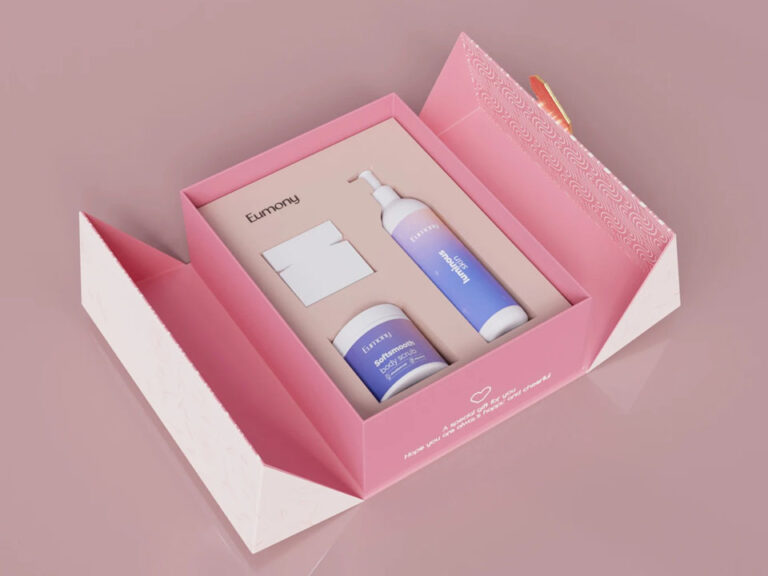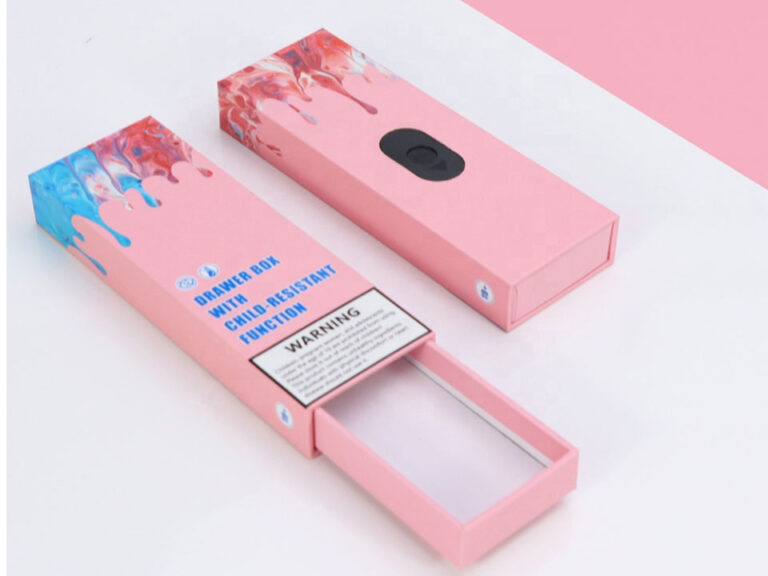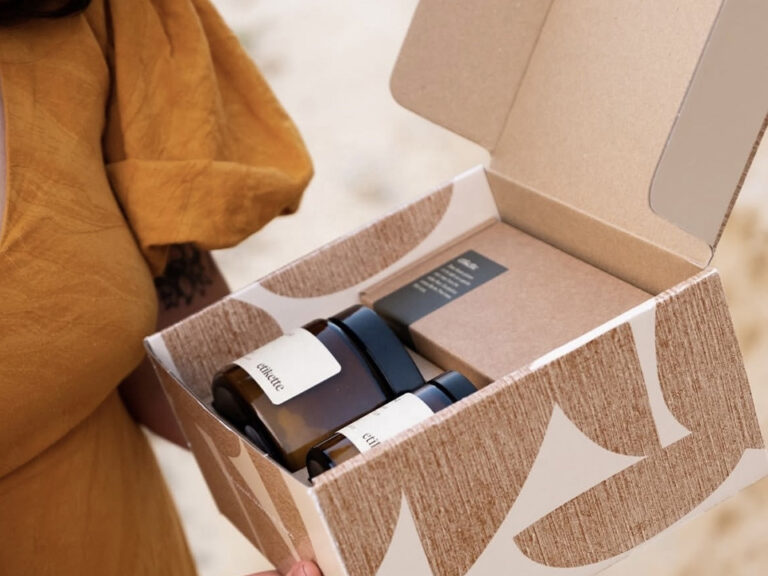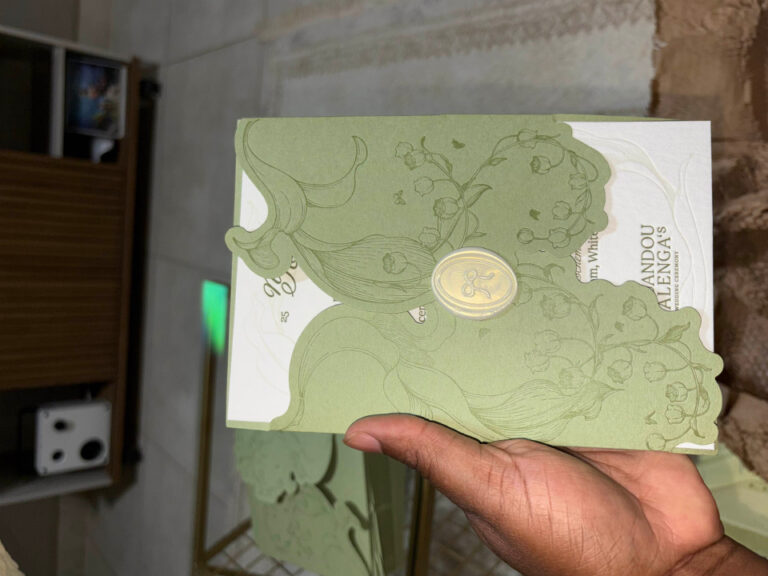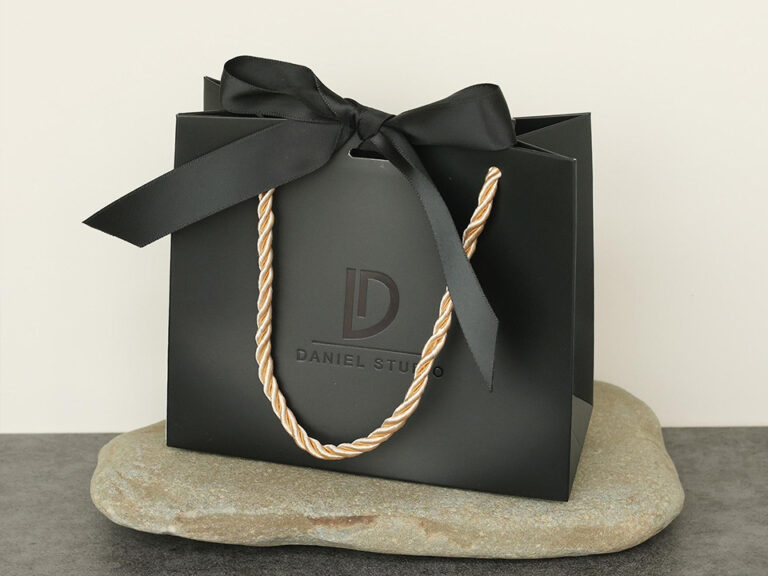The Four Core Rules Of High-End Wedding Dress Packaging Customization
Summary
A couture gown doesn’t just travel—it performs. The box, tissue, ribbon, insert, hangtag, and scent all whisper the brand’s promise before a bride even lifts the lid. High-end wedding dress packaging must therefore do four things at once: elevate materials into a multi-sensory experience, hold industrial-grade precision through production, fuse visual identity with cultural meaning, and prove its worth with circular, data-aware stewardship. Below I unpack these rules with practical moves you can put to work now, from acid-free substrates to traceable quality gates and ESG-ready design.
Zhibang Packaging offers multiple components mentioned here—from apparel boxes and collapsible gift boxes to premium paper gift bags and specialty finishing via in-house printing services. For gowns specifically, see this made-for-bridal hero: the custom foldable magnetic paper gift box for wedding dress.
Table of Contents
Material innovation and functional upgrade: from basic protection to sensory experience
Bridal-grade material selection and preservation
Start with acid-free, lignin-free boards and tissues to prevent fiber degradation and yellowing over time. Pair with soft-touch or satin laminations for a glove-like feel, and specify low-odor, migration-safe adhesives. Use velvet-lined trays or cloth pouches to protect embroidery, sequins, and detachable trains—reference satin-lined formats like these satin-lined rigid boxes.
Structural engineering for silhouette safety
Corseted bodices, boning, and crinolines demand intelligent load paths. Consider a shoulder-neck “lock” insert that carries weight away from lace edges, plus breathable vents to buffer humidity in transit. Collapsible constructions with hidden magnets offer shipping efficiency without compromising the reveal—see luxury magnetic collapsible formats.
Multi-sensory moments without excess
Use a two-stage reveal (dust cover → main lid) to slow the unboxing and protect the hemline. Silent-close magnets, ribbon lifters, and debossed emblems cue luxury. For bridal suites and trunk shows, coordinate outer carriers like premium paper gift bags with matching foils to keep the story coherent door-to-door.
Finishing and accessory ecosystem
Hot stamping, spot UV, and sculpted emboss add depth without visual noise. If you include video storytelling, integrate a slim tray for a screen brochure such as a wedding invitation video brochure; the module should be removable for recycling and serviceability.

Process accuracy and quality inspection system: 0.01mm error control
Tolerance design and repeatability
High-end bridal boxes stack tolerances fast—wrap stretch, board caliper, magnet placement, and insert fit. Treat 0.01 mm as your mindset for critical steps like magnet seats and lid alignment. Lock specs early; build golden samples; and run pre-production trials to validate creasing matrices against the chosen laminate.
In-line control points that actually prevent defects
Set measurable gates: incoming board flatness, die-cut registration, crease depth, fold angle, magnet pull, and ribbon pullout strength. Use first-article checks per step and batch sampling with clear acceptance criteria. For color, hold master drawdowns and verify against press pulls with tight ΔE targets under standardized lighting via in-house printing services.
Pack-out simulation for real-world scenarios
Load test with a weighted surrogate gown, simulate courier shocks, and run humidity cycles. Validate that tissue and inserts prevent bead imprinting and that hangers or shoulder forms don’t abrade seams. For presentation sets, consider a companion magnetic presentation hamper box to transport veils and accessories without crushing.
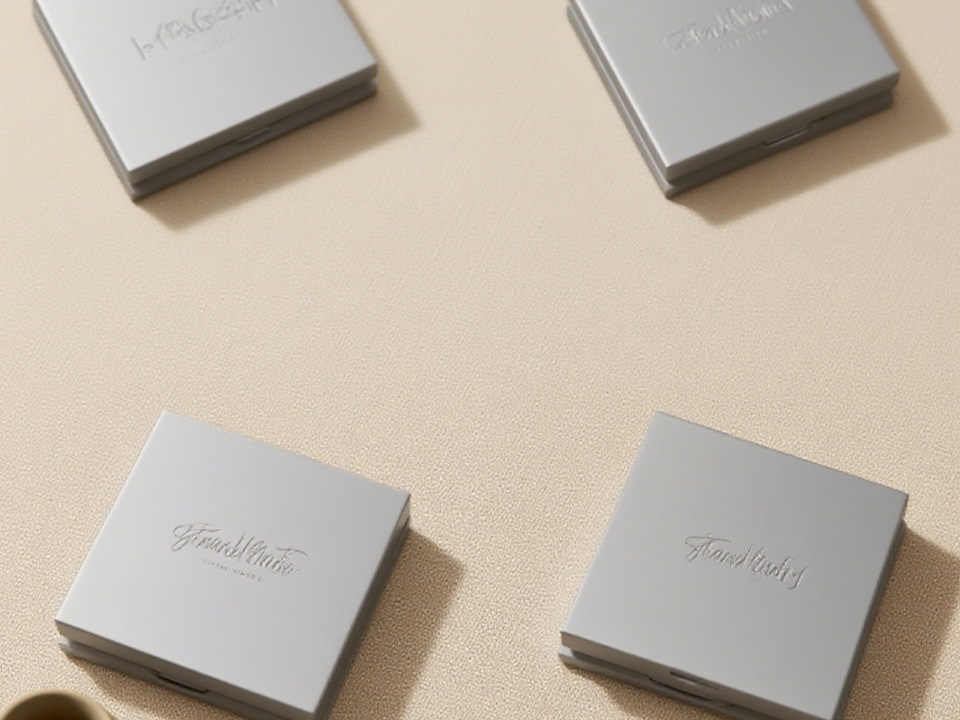
Brand synergy and cultural empowerment: from OEM production to value symbiosis
Visual language that mirrors couture craft
Translate the gown’s signature motifs—floral appliqué, architectural pleats, or cathedral lace—into packaging textures. Lace-like emboss patterns, rose-gold foils, and pearl papers communicate bridal codes without copying garment IP. Collateral (garment care cards, vows envelopes) nests in a rigid drawer; explore jewelry-grade touches via luxury sliding jewelry boxes.
Cultural narratives that travel
Color and symbolism matter: white/ivory purity, auspicious reds, or modern champagne metallics. Typography should feel ceremonial yet legible. Use a discreet crest on the lid and a full monogram reveal inside. When the box is displayed in boutiques, match display risers with coordinated finishes drawn from collapsible gift boxes and apparel boxes.
Experience design that extends beyond the ceremony
Add scannable elements for care guides, alteration notes, and sustainability stories. Offer a keepsake mode: a removable insert converts the main box into an archival chest. For destination weddings, modularize—outer shipper + inner luxury box—so the hero remains pristine on arrival.
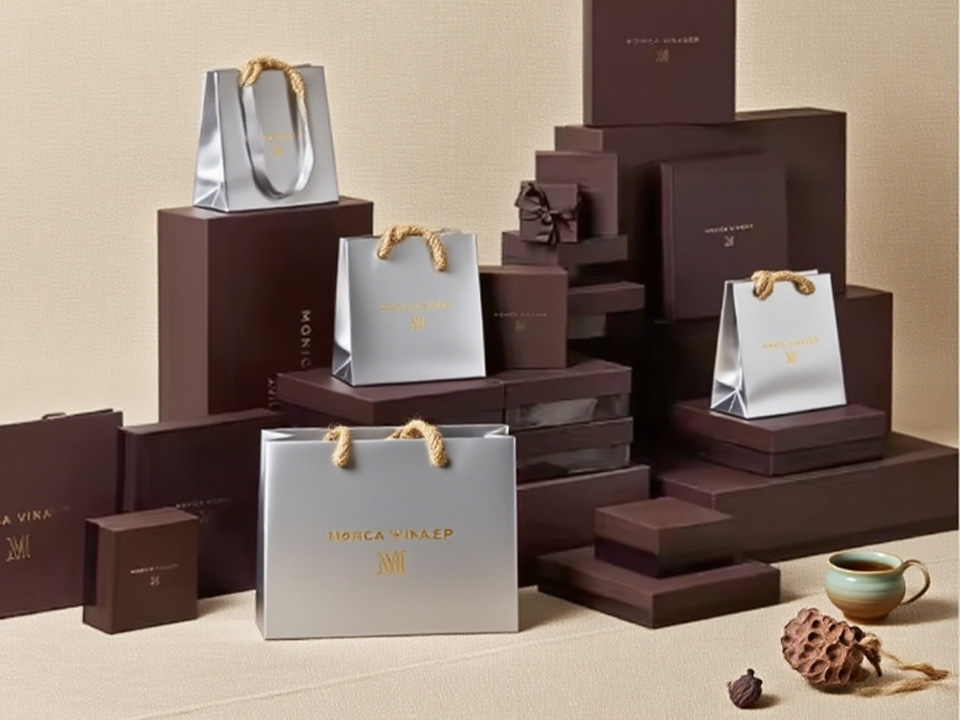
Sustainable closed loop and data-driven: the path to building ESG competitiveness
Circular materials and design for disassembly
Prioritize recycled or responsibly sourced boards, water-based inks, and solvent-free laminations. Choose mono-material inserts (molded paper, folded board) or easily separable foam/fabric assemblies with clear tear-away points. Many bridal formats can start from proven bases like premium paper gift boxes and then be tailored to gown geometry.
Logistics intelligence and right-sizing
Right-size SKUs by silhouette family (ballgown, A-line, sheath) to reduce air freight volume while keeping hemline clearance. Collapsible shells reduce reverse-logistics impact for boutiques. Coordinate with carriers on orientation labels and humidity indicators.
Measurement, transparency, and iteration
Track damages, re-packs, and customer feedback by box version. Tie QR dashboards to production lots so you can iterate fold geometry, insert cutouts, or magnet spec. Publish material disclosures on request and align with boutique recycling streams.
Supplier partnership that grows brand equity
Move your vendor relationship from “make to print” to “co-design to outcomes.” Share runway calendars, capsule motifs, and store layouts early. Review prototypes remotely with annotated videos or in-hand at fittings. For execution at scale, anchor your program on bridal-fit structures like the dedicated wedding dress box and extend into accessory carriers, gift sets, and VIP kits using the broader ecosystem—apparel boxes, paper gift bags, and curated collapsible gift boxes.






